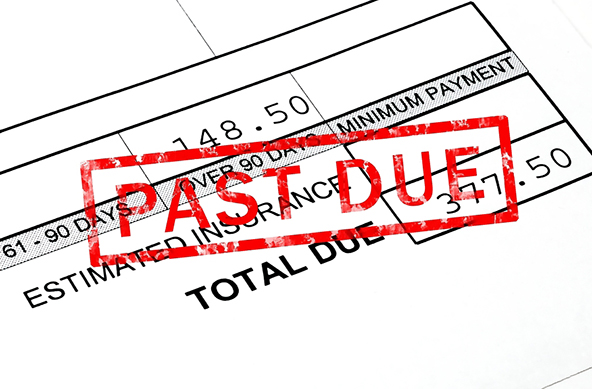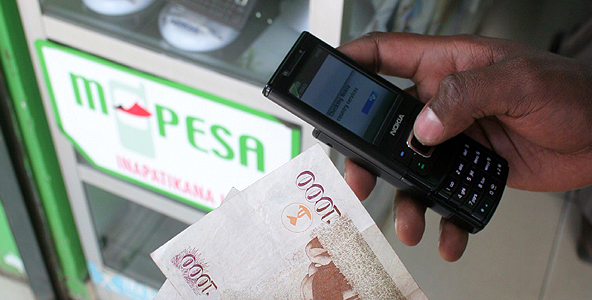’90 Percent of the Credit Card Lawsuits Are Flawed’

The New York Times’ Jessica Silver-Greenberg reports on a “robo-signing” type of issue, this time involving banks’ efforts to collect charged-off credit card debt. As you may recall, the original robo-signing scandal erupted when it was discovered that bank employees were automatically signing foreclosure documents, without even looking at them. You would have thought that, having agreed to pay $26 billion to settle the matter, banks would have become more careful with their debt collection practices, but judges now claim that the very issue that led to the foreclosure settlement is now causing trouble on the credit card debt front.
As Silver-Greenberg notes, the reason we haven’t heard about the issue by now may have to do with the fact that, in contrast to the foreclosure cases, in credit card suits debtors typically do not show up in court to defend themselves and so the creditors win by default. However, if state attorneys general decide to take a closer look into the issue, as they did with the foreclosure abuses, the credit card companies may end up losing more than they may have possibly gained.
’90 Percent of the Credit Card Lawsuits Are Flawed’
That is what Noach Dear, a civil court judge in Brooklyn, “who said he presided over as many as 100 such cases a day”, has told Silver-Greenberg. What kind of flaws? The NYT:
In certain instances, lenders are trying to collect money from consumers who have already paid their bills or increasing the size of the debts by adding erroneous fees and interest costs.
…
Certain cases hinge on mass-produced documents because the lenders do not provide proof of the outstanding debts, like the original contract or payment history.
…
At times, lawsuits include falsified credit card statements, produced years after borrowers supposedly fell behind on their bills.
So clearly there is an issue here and the thing is that there is not much the judges can do about it:
Unless a consumer shows up to contest a lawsuit, the judges cannot question the banks or comb through the lawsuits to root out suspicious documents. Instead, they are generally required to issue a summary judgment, in essence an automatic win for the bank.
That is wrong. If a judge suspects that the evidence presented in his court is flawed, he should be able to have it verified. And yet, we learn that 95 percent of all such lawsuits result in default judgments in favor of the creditors.
How Charged-off Credit Card Debt Is Handled
I’d like to expand on Silver-Greenberg’s excellent reporting by focusing on the type of credit card debt at issue here, to help avoid possible confusion. In her piece, the reporter states that “borrowers are behind on $18.7 billion of credit card debt”, but it should be pointed out that not all of these borrowers are liable to legal action, because their accounts are still active and a good number of these cardholders will pay back what they owe before their accounts go into default. So let me attempt to add some clarity and take a cursory look at the lifetime of a charged-off credit card account.
A credit card account becomes delinquent if a payment is overdue by 30 days or more. At this stage, the borrower will receive a letter informing her that a payment is past due and she will keep receiving such letters for as long as the account remains delinquent. However, the account remains open until it is charged off, which typically doesn’t occur until 180 days have passed since the latest payment. Even then, the lender’s collections department will keep sending payment reminder letters to the debtor and, possibly, attempt to contact her by phone for at least a few more months. If no resolution is found, there are several courses of action that can be taken:
- Keep working on the account. The lender may decide to give its collection department some more time to work on the account.
- Send the account to an outside collection agency. Some creditors employ third-party collection agency to attempt to recoup the debt for them.
- Sell the account. The account may be bundled together with other charged-off accounts and sold to a third party, which now becomes the creditor and will pursue its own course of action.
- Take legal action.Typically, a debtor is only sued if:
- All collection efforts are exhausted and no resolution is found,
- The outstanding balance is sufficiently big to justify the extra expenses and
- The creditor has reason to believe that the debtor has the means (i.e. employment or equity) to pay back the debt.
The point is that a relatively small share of all delinquent accounts ends up in the court system. The majority of them are worked by one collection agency after another until they are sold to a third-party “debt buyer”, which may, in turn, sell them to another debt buyer. At the end, most of the still-unpaid charged-off accounts die a quiet death.
The Takeaway
A charged-off account destroys a consumer’s credit history, in essence cutting her off the credit system. In the robo-signing cases documented by Silver-Greenberg that has already occurred and that’s bad enough. But a judgment makes the debtor’s situation that much worse, because it gives the creditor the right to garnish her wages or it places a lien on her property. That should not be allowed to take place if the evidence is “flawed”.
Image credit: Medcitynews.com.


